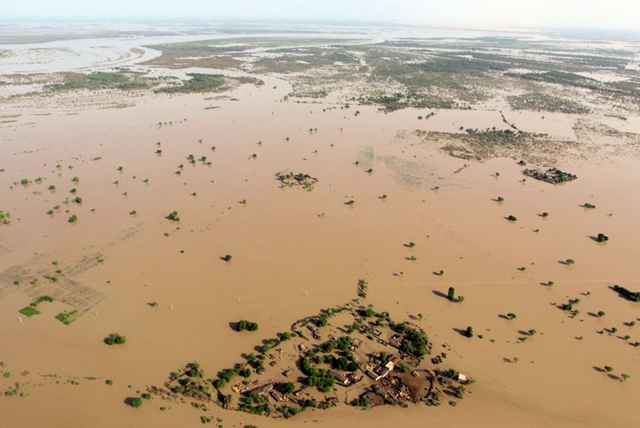Pakistan flood crisis blamed partly on deforestation
Years of illegal logging by the ‘timber mafia’ and the Taliban cleared forests, allowing raging floodwater to flow unimpeded, experts say. 
By Alex Rodriguez, Los Angeles Times
October 13, 2010 Reporting from Chail, Pakistan — People here remember when hundreds of Pakistani Taliban militants roamed through the forested ridges flanking the Chail River, armed not with AK-47s but with axes. Employing termite-like efficiency, the militants felled and carted away vast swaths of Himalayan cedar, blue pine and oak, leaving mountainsides dotted with stumps. Through illegal logging, the Taliban generated quick cash to keep its arsenals stocked. But nearly a decade of tree felling by militants and 35 years of deforestation by unscrupulous timber businesses and wealthy landowners have had an unforeseen consequence. Deforestation along the Swat Valley’s waterways made destruction caused by this summer’s massive floods measurably worse, experts say. The loss of dense woodland made stream and river banks much more prone to erosion. Riverside forests that could have stemmed the force of raging floodwater were gone. No amount of forest could have averted disaster wrought by the monsoon downpours that in a matter of days equaled Pakistan’s annual average rainfall. But many forestry experts and environmentalists say several decades of deforestation in northwestern Pakistan and the southern province of Sindh contributed to the toll the floods took in those regions. “Deforestation played a tremendous role in aggravating the floods,” said Ghulam Akbar, director of the Pakistan Wetlands Program, an environment protection group funded by the United Nations and other international organizations. “Had there been good forests, as we used to have 25 years back, the impact of flooding would have been much less.” …